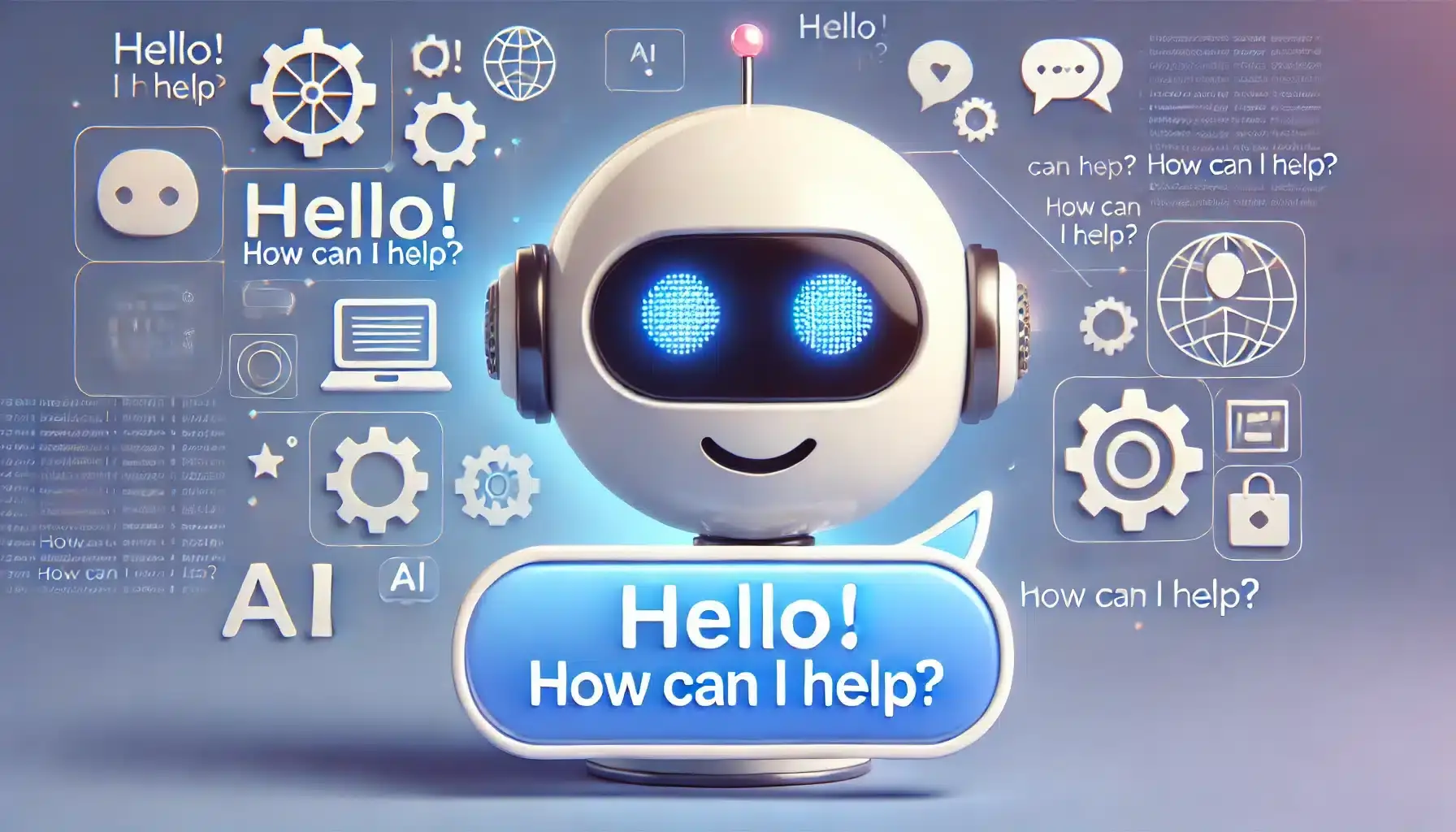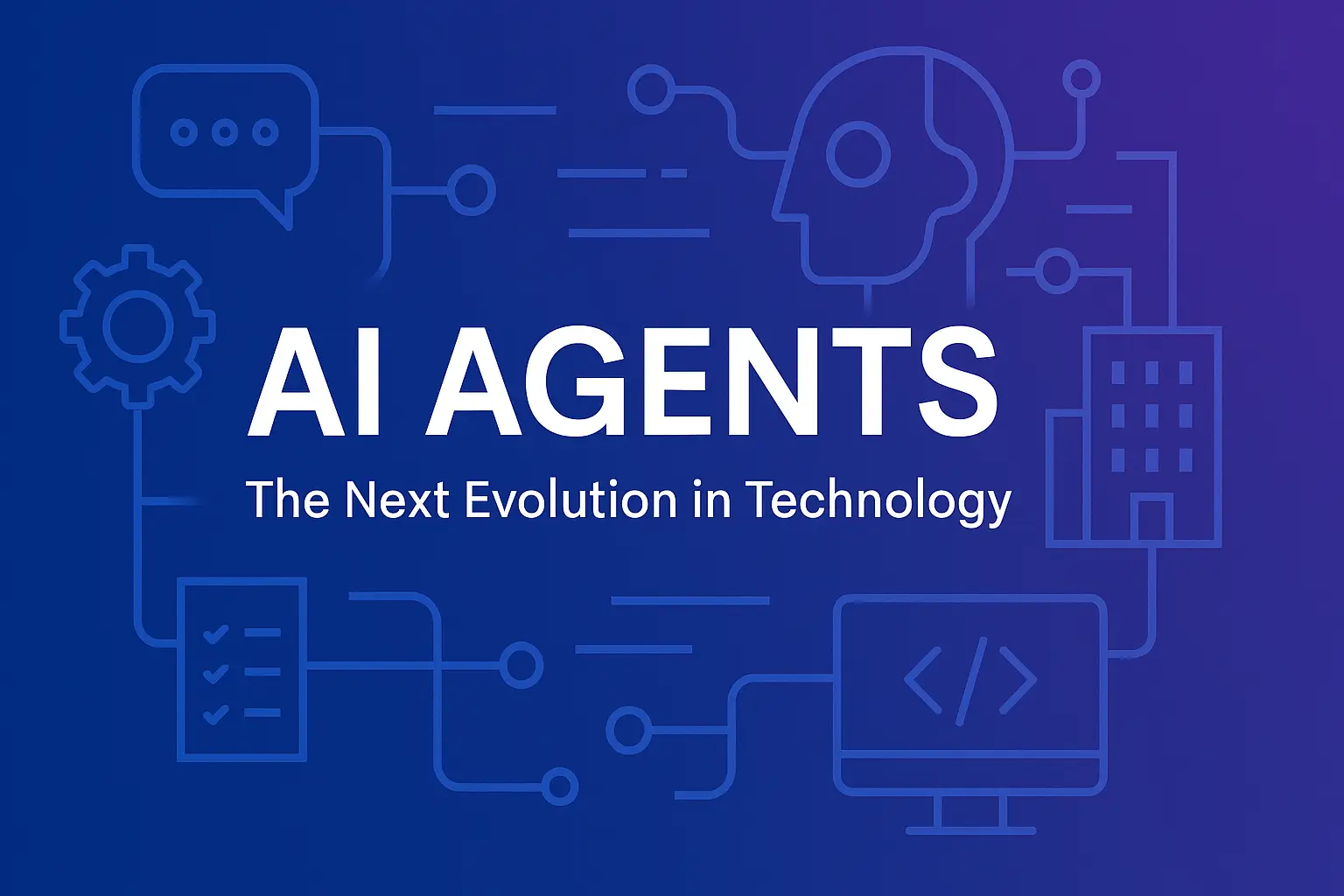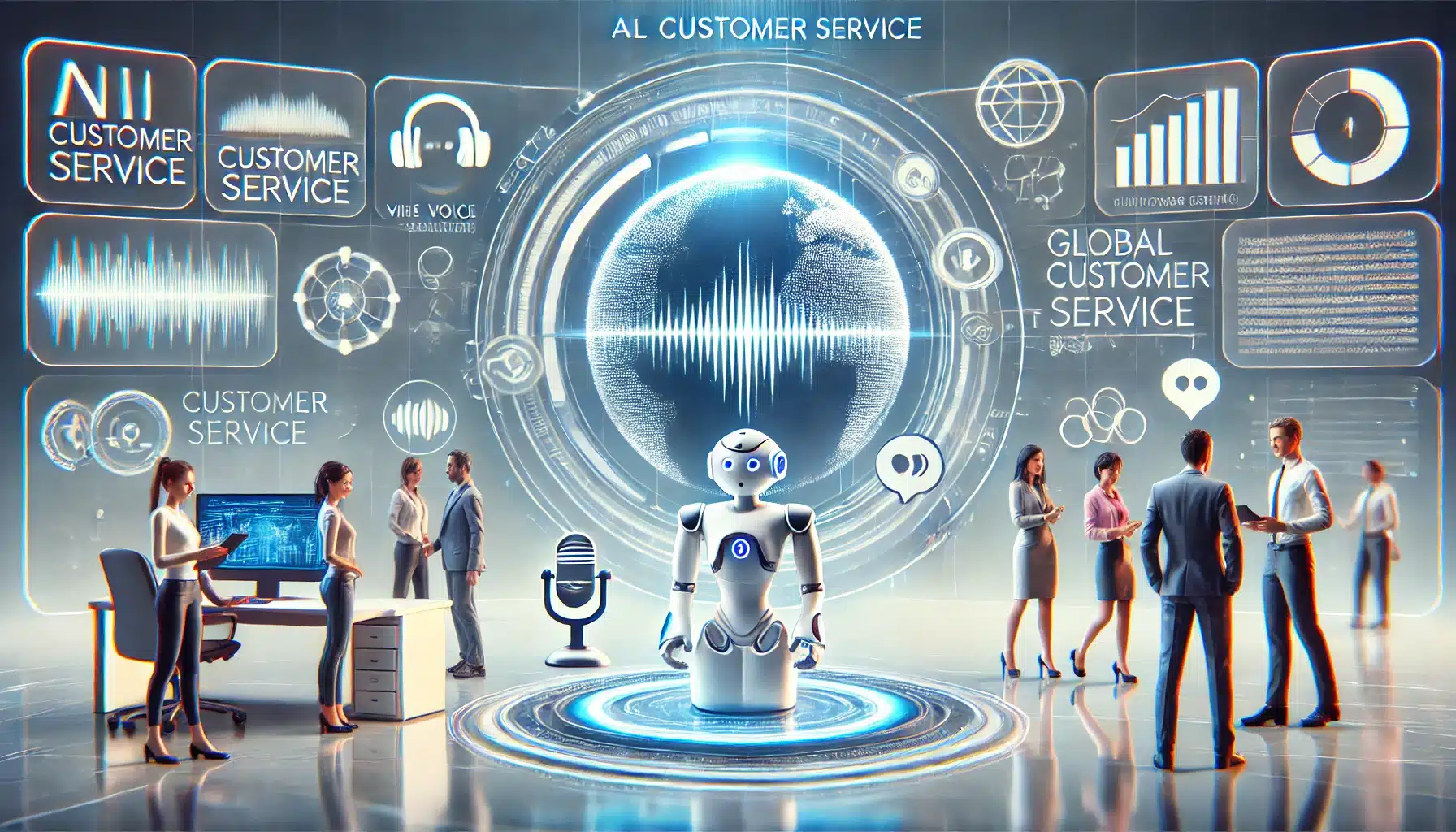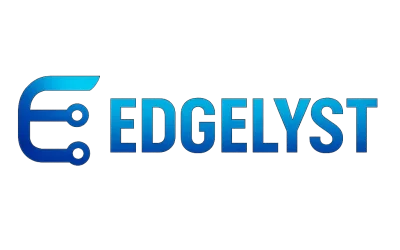Why Build an AI Chatbot?
Did you know that AI-powered chatbots can automate up to 80% of routine customer service questions? Whether you’re a small business owner, a content creator, or someone exploring artificial intelligence for the first time, building a chatbot can transform how you interact with your audience. And guess what? You don’t need to be a programmer to build one!
In this beginner-friendly guide, you’ll learn how to:
- Understand what AI chatbots are
- Choose the right chatbot platform
- Design your chatbot’s conversation flow
- Deploy and test your chatbot
- Add it to your website or app
- Improve performance using data and feedback
Let’s dive in!
Step 1: What is an AI Chatbot? 🤖
An AI chatbot is a computer program that simulates human-like conversation using natural language processing (NLP) and machine learning. It can answer questions, offer recommendations, or even help users complete tasks in real-time.
There are two main types of chatbots:
- Rule-based chatbots: These bots follow a predefined decision tree or scripted responses. They’re useful for handling common queries but can’t handle unexpected user input very well.
- AI-powered chatbots: These use NLP and machine learning to understand language patterns and respond dynamically. They learn from past interactions and can provide more nuanced answers.
Common Use Cases:
- ✅ Customer support: Automate answers to FAQs and provide quick assistance.
- ✅ Lead generation: Collect user data, qualify leads, and direct them to the sales team.
- ✅ Appointment scheduling: Book meetings or service appointments automatically.
- ✅ Product recommendations: Help users discover relevant products based on behavior and preferences.
📊 According to Gartner, 80% of customer service interactions will be handled by AI chatbots by 2025, saving businesses millions in operational costs while improving user satisfaction. Gartner Customer Service and Support Research
💡 Pro Tip: For deeper insights on implementation, see our guide:
Customer Service with AI Chatbots and Sentiment Analysis
Step 2: Choose a No-Code Builder to Build Your AI Chatbot 🛠️
There are many no-code and low-code chatbot platforms that let you build smart chatbots without writing a single line of code. Here are a few beginner-friendly options:
- Tidio:
- Combines live chat with chatbot automation.
- Ideal for e-commerce and service websites.
- Offers visual flow building and AI features.
- Free plan available.
- Tidio Official Website
- Landbot:
- Drag-and-drop visual interface.
- Great for creating conversational landing pages.
- Supports logic jumps, integrations, and APIs.
- Easy to embed on websites or messaging apps.
- Landbot Official Website
- ChatGPT via OpenAI API:
- Lets you tap into the power of advanced generative AI.
- Best for dynamic, intelligent conversations.
- Requires basic scripting or integration with tools like Zapier.
- Offers flexibility and creativity but may need tech help.
- OpenAI API Documentation
- Dialogflow (by Google):
- Powerful NLP and machine learning engine.
- Supports multi-language and cross-platform deployment.
- Good fit for developers or tech-savvy users.
- Dialogflow Official Website
- Botpress / ManyChat:
- Best for creating advanced conversational flows.
- Offers marketing automation features (e.g., email collection, re-engagement)
- Integrates with Facebook Messenger, Instagram, and others.
- Botpress Website
- ManyChat Website
Pro Tip: Start simple with Tidio or Landbot. As you grow comfortable, explore ChatGPT or Dialogflow for more intelligent, nuanced conversations.
Step 3: Plan Your Chatbot’s Purpose and Flow ✏️
Before jumping into the builder, take some time to define your chatbot’s purpose. A clear objective will help shape its structure, tone, and effectiveness.
Key Questions to Answer:
- What is the primary goal of the chatbot? (e.g., support, sales, education)
- Who is the target audience? (e.g., customers, students, team members)
- What problems will it solve?
- What personality or tone should it use?
Create a Conversation Map:
- Use a mind map or flowchart tool to visualize the chat flow:
- Greeting → Ask Intent → Provide Options → Take Action → Fallback
- Example Flow:
- User: “I need help finding an AI course.”
- Chatbot: “Awesome! Are you a beginner or have some experience?”
- User: “I’m a beginner.”
- Chatbot: “Great! Here are three beginner-friendly courses you can start with.”
You can use tools like Miro or Lucidchart to plan your chatbot’s logic visually. Miro, Lucidchart
Step 4: Build and Train Your Chatbot 🤖🧠
Using No-Code Builders (Tidio, Landbot):
- Choose a pre-made template or start from scratch.
- Add blocks for each step in your flow.
- Include media (images, links, video previews).
- Use conditions to personalize responses.
- Example: Add a product carousel in Landbot to recommend AI tools visually.
Using Dialogflow or ChatGPT API:
- Define intents (user requests).
- Add training phrases to teach the bot to recognize user input.
- Provide responses for each intent.
- Test with variations and improve confidence levels.
Pro Tip: Add a fallback message like: “Sorry, I didn’t quite get that. Can you try rephrasing your question?” This helps keep the user engaged rather than dropping the conversation.
Step 5: Test and Deploy Your Chatbot 🚀
Testing is a crucial step. Many early chatbot failures happen due to untested flows or poor user experience.
How to Test:
- Test each path manually and simulate common scenarios.
- Use different devices and screen sizes.
- Ask colleagues or friends for feedback.
Deployment Options:
- Embed on your website via widget or iframe.
- Use native integrations with WordPress, Wix, or Shopify.
- Add to Messenger, WhatsApp, Slack, or Microsoft Teams.
- Integrate in mobile apps via SDK or webview.
Tools That Help:
- Tawk.to (for live chat fallback)
- Zapier (connect with email marketing tools or CRMs)
- Google Analytics (track conversions from chatbot use)
Step 6: Optimize and Improve with Data 📈
The best chatbots evolve with user behavior. After launching, you should:
Monitor:
- Most common queries.
- Drop-off points in chat flow.
- Feedback or satisfaction ratings.
Analyze:
- Use platform analytics or integrate Google Analytics.
- Track conversions and goal completions.
- Identify frequently missed intents or misunderstood inputs.
Improve:
- Update scripts regularly.
- Add more training data or new intents.
- Refine CTAs and add upsell/cross-sell opportunities.
Pro Tip: Run A/B tests on conversation styles, button texts, and flow variations to see what works best.
Real-Life Use Cases for Beginners
Here are three beginner-friendly use cases to consider:
- Freelancer Portfolio Assistant:
- Use a chatbot to showcase your services and answer inquiries.
- Embed on your personal portfolio site.
- E-commerce Store Helper:
- Recommend products based on customer needs.
- Offer shipping info, track orders, or apply discount codes.
- AI Learning Companion:
- Guide users to tutorials, YouTube videos, or blog articles.
- Answer questions using AI knowledge base (e.g., GPT-based search)
Mini Case Study:
One Shopify store integrated a Tidio chatbot to automate order tracking. Within 3 months, customer service tickets dropped by 38%, while response time improved by 60%.”
This is a concise example that illustrates the practical benefits of implementing a chatbot for e-commerce, specifically:
Improved response time: Faster responses enhance customer satisfaction and efficiency.
Reduced customer service load: Fewer support tickets indicate that the chatbot effectively handled routine inquiries.
Check below resources for additional information:




